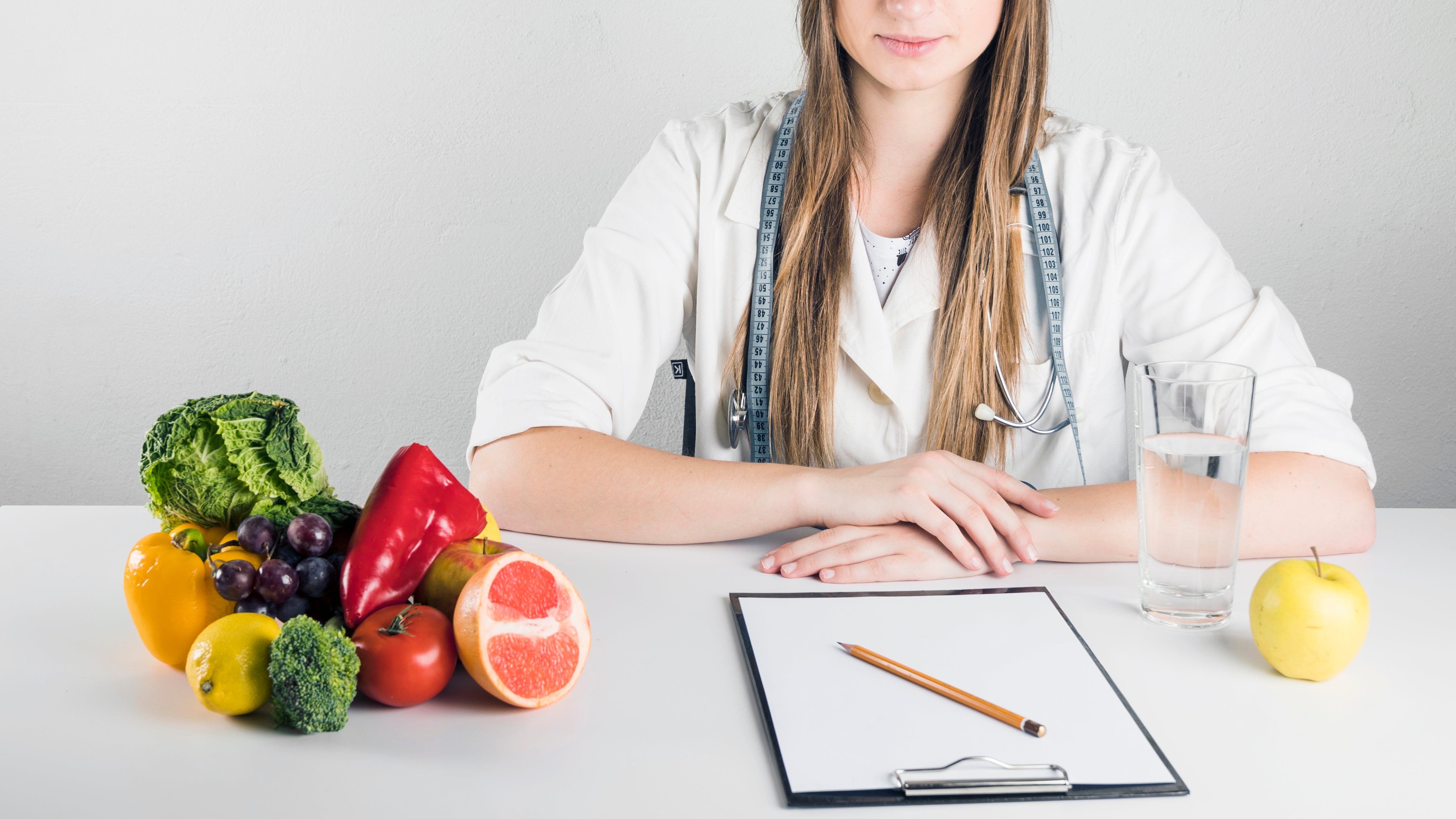Diabetes is a chronic condition that affects millions of people worldwide. As sedentary lifestyles and poor diets become increasingly common, diabetes is on the rise. At the heart of diabetes care is the awareness of how foods influence blood sugar. One of the key concepts in this regard is the glycemic index (GI), a tool that helps us make informed decisions about what we eat.
In this blog post, we will delve into the relationship between diabetes, the glycemic index, and how choosing the right foods can help manage blood sugar levels. We will explore:
- What is the glycemic index?
- How does the glycemic index affect blood sugar levels?
- The importance of diet in managing diabetes
- The role of low-GI foods in diabetes management
- Tips for choosing a diabetes-friendly diet
- Conclusion
What is the Glycemic Index?
The glycaemic index (GI) is a numerical ranking system that classifies foods by their impact on blood sugar. Foods are ranked on a glycemic index, or GI, scale of 0 to 100, from low to medium to high. The greater the GI number, the faster a food raises blood sugar levels.
- Low GI foods: GI value of 55 or less
- Medium GI foods: GI value between 56 and 69
- High GI foods: GI value of 70 or more
Foods with a high GI cause a rapid increase in blood sugar levels, which can lead to a sudden burst of energy followed by a sharp decline. In contrast, low GI foods are digested and absorbed at a slower rate, releasing glucose into the bloodstream in a more gradual and sustained fashion.
How Does the Glycemic Index Affect Blood Sugar Levels?
For diabetics, keeping blood sugar levels constant is the key to avoiding complications, including nerve damage, heart disease and kidney failure. The danger of high GI foods is that they lead to quick changes in blood sugar, and it's very hard to control diabetes. When blood glucose is too high, the body must make additional insulin to get it into cells. But for diabetics, either the body does not make enough of it (Type 1 diabetes) or the body's cells are not responsive to insulin (Type 2 diabetes).
This is where the glycemic index becomes important. When people eat low GI foods, they prevent these blood sugar spikes and help to maintain relatively stable levels of glucose in the body over the course of the day.
For example: For example:
A bowlful of white rice (high GI) is more likely to lead to a rapid and high spike in blood glucose than a bowlful of lentils (low GI), which slowly give up glucose.
The Importance of Diet in Managing Diabetes
Diet plays a critical role in managing diabetes. Indeed, it is one of the best ways to regulate blood sugar and prevent complications from diabetes. The goal of a healthy diet, full of low-GI foods, is that the body is nourished without making its blood sugar do unhealthy things.
The GI of foods is influenced by many factors:
- Type of carbohydrate: Simple carbohydrates (such as sugar and white bread) generally have high GI values and complex carbohydrates (such as whole grains) are usually low on the glycemic index.
- Fiber content: Foods that are rich in fibre tend to have lower GI because fibre slows the digestion of carbohydrates, which results in a slower peak in blood sugar.
- Fat and protein: Incorporate healthy fats and protein into dishes to reduce the overall glycaemic effect, because they will act as a 'brake' on glucose absorption.
The Role of Low-GI Foods in Diabetes Management
Including low-GI foods in your diet is one of the most effective strategies for managing diabetes. These foods help prevent spikes in blood sugar, promote better insulin sensitivity, and help maintain energy levels throughout the day.
Some examples of low-GI foods include: Some examples of low-GI foods include:
- Vegetables: Leafy greens, tomatoes, carrots, broccoli, and cucumbers.
- Whole grains: Oats, barley, and quinoa.
- Legumes: Beans, lentils, and chickpeas.
- Fruits: Apples, oranges, pears, and berries.
- Nuts and seeds: Almonds, walnuts, flaxseeds, and chia seeds.
Adding these foods to your diet can markedly enhance blood sugar regulation. In addition, these foods are full of vitamins, minerals, and antioxidants, which are crucial to maintaining good health overall.
Foods to Avoid or Limit
Conversely, people with diabetes need to reduce consumption of high-GI foods, which lead to rapid and large increases in blood sugar. Some high-GI foods to watch out for include:
- White bread and bagels
- Sugary cereals
- White rice and instant rice
- Baked goods like cakes, pastries, and cookies
- Sugary drinks like soda and fruit juices
- Processed snacks like chips and crackers
Tips for Choosing a Diabetes-Friendly Diet
Managing diabetes doesn’t mean you need to follow an extremely restrictive diet. It's not about making 'healthy' choices that stabilise your blood sugar, but. Here are some useful guidelines for a diabetes-friendly meal plan:.
- Focus on whole, unprocessed foods: Choose foods in their natural state, such as fruits, vegetables, whole grains, and lean proteins. Stay away from highly processed, refined foods, which are usually high on the GI and low on nutritional content.
- Balance your plate: Have a protein and healthy fat at every meal to help keep the glucose from entering the blood stream so quickly. For instance, combine a portion of whole grains with the grilled chicken and a serving of vegetables.
- Portion control: Even foods with a low glycaemic index (GI) will lead to an increase in blood sugar if eaten in excess. Practice moderation and be aware of serving sizes (especially carbs).
- Combine foods wisely: Eating low-GI foods along with moderate or high-GI foods can reduce the overall glycemic impact of a meal. For instance, sprinkle nuts on the fruit salad, or serve brown rice with a garnish of leafy greens.
- Stay hydrated: Drink plenty of water throughout the day to stay hydrated and help your body regulate blood sugar levels.
- Monitor your blood sugar: Monitoring your blood sugar is the only way to figure out which foods work for you. By following your readings, you'll be able to make wise choices about what you eat.
- Be cautious with fruit: Fruits are a good thing to have in any diet, but some are higher on the GI than others. Choose low-GI fruits such as berries, apples and pears, and leave the higher glycaemic fruits such as watermelon or pineapple to those who do not experience high spikes in blood sugar.
Glycemic Load (GL) and Its Role in Diabetes Management
Though the glycemic index is helpful, it's not the whole picture. Another key factor to look at is glycaemic load (GL), which is a measure of both the quality (GI), and the quantity (carbohydrates) of food.
Glycemic load is determined by multiplying the GI of a food by the number of grams of carbohydrates per serving, and dividing by 100. This provides a better representation of the impact a given food will have on blood sugar.




Leave a comment
This site is protected by hCaptcha and the hCaptcha Privacy Policy and Terms of Service apply.